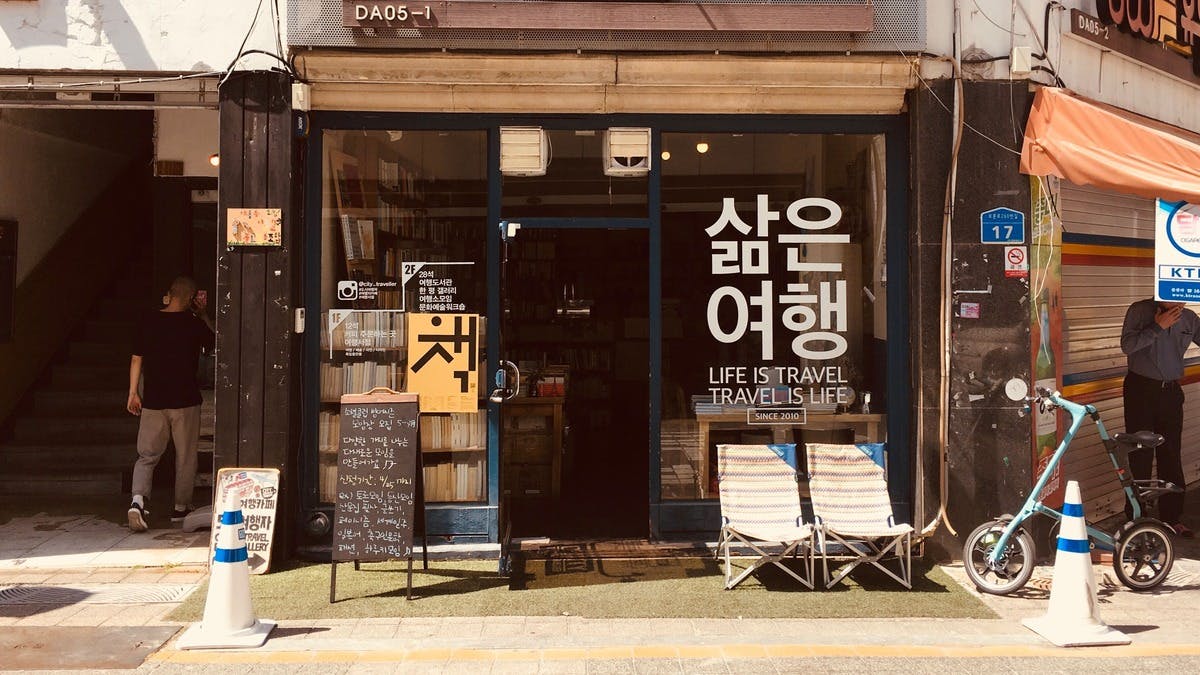Startups and businesses had to make many adjustments as the world shifted from the COVID-19 pandemic to living with it as an endemic.
The physical restrictions during the pandemic catalysed the digital capabilities across the board, at this point everyone is familiar with hybrid work, and phygital is the new baseline expectation.
A report by the World Tourism Organization shows a revival in the travel industry, reaching close to pre-pandemic numbers in 2023. The end of the travel hiatus “resets the board”, giving startups that are well prepared to expand overseas good opportunities, and South Korea is a prime location to consider.
South Korea’s tourism and startup landscape
The South Korean government announced plans to improve tourism which include a US $382.9 million fund to improve the country’s MICE capabilities, build more attractions, and facilitate easier entry to attract 30 million visitors by 2027.
This effort is bolstered by the Korean government’s commitment to establishing the country as a startup powerhouse over the years. A report shows that early-stage startup funding between 2019 to 2021 in South Korea was at US $2.3 billion compared to US $687 for the global average, and successful startups in South Korea took around 8 years to exit in comparison to 9.4 years for the global average in 2023.
The country has been named the 10th best city for startups and is a hub for startup unicorns, with 22 unicorns under its belt in 2022.
Startup homework before heading overseas
Regardless of the stage, or success of your startup, the process of moving to another market can be a tricky one. Before deciding on a destination, it pays to research the industries that the country is known for, as well as the presence of other startups or businesses similar to yours.
In South Korea, the beauty sector has seen a huge boost from the K-Beauty wave largely driven by the growing popularity of K-Drama and K-Pop, worth over US $6 billion with projections to exceed US $20 billion by 2026.
The Web3 space is also heating up, with the Korean government setting aside nearly US $200 million as part of its Digital New Deal in 2022 to develop its metaverse industry. This has spawned developments such as Metaverse Seoul – a virtual replica of Seoul on the Metaverse that can be explored and fully interacted with.
Market research aside, understanding the nuances of the country and culture can inform your decision if the place is a good fit to work and live in.
Research has shown that the failure rate of startups is 90%. 21.5% of startups fail in the first year, 30% in the second year, and 50% in the fifth year. Finding a good accelerator program can mitigate the variables added by being away from home ground and shift the odds in your favour.
A good accelerator is an ideal gateway to new territories
That being said, not all accelerator programs are built equally, or would they be an ideal fit for your startup. Here are some considerations to help you find the right program for you.
- Track record of the program
How long has the program been around, and what have they achieved? Getting in touch with startups involved in the program from previous batches can give you insight into the experience.
- Scope of the program – general or focused
Some accelerator programs are general and cast a wider net for the startups they accept. Others might focus on certain industries or specific challenges within those industries. There are pros and cons for both.
Accelerator programs that accept a wider range of startups allow for the cross-pollination of ideas and provide exposure to different industries and models. In our experience, we have seen some startups collaborate in creative ways thanks to this exposure. In the same vein, we have seen startups floundering in the early parts of the program turn things around by making pivots from the interaction with their peers and perspectives outside of their industry.
Industry-specific programs have a clear focus on what they want to accomplish and have a higher barrier of entry for applicants. Startups at a later stage of their business benefit more from these programs. Pivoting is possible, though we tend to see less drastic changes in comparison to the general accelerators.
- Support and logistics
Joining an accelerator program would require upwards of 3 months of time and intensity. Doing it overseas adds a degree of complexity. When you’ve decided on a program, it helps to know the degree of support given to overseas applicants before committing.
- What financial aid or stipends would you have for the duration of the program for living expenses?
- Would there be assistance for travel arrangements such as Visa applications that they can help you with?
- Is lodging provided, and would you have assistance with living arrangements?
- Facilities and workspaces – What access would you have, and are there conducive workspaces for your startup?
- People and networking – Who are the mentors and business developers in your program, and what are the networking and investment opportunities?
Looking before taking the plunge
With the re-introduction of physical and offline touchpoints to our work and lives in the new normal, there are renewed opportunities for startups aiming beyond their domestic market. South Korea has a good startup ecosystem, with support from many different programs and investors. For startups that are prepared and committed, South Korea can be the catalyst for successful international expansion.

